Best Cold Season Grasses for a Lush Lawn
Reading time: 7 minutesAs a Canadian homeowner, it likely comes as no surprise that lawns (and therefore grasses) go dormant here during the winter. So, you may think you can do nothing for your property once the cold weather is on the horizon.
However, you can set up your lawn for success when choosing fall lawn care that prepares your yard for winter. Things like aeration and overseeding are a great way to care for your lawn, and seeding in the fall means that your lawn can overwinter more successfully, with new grasses ready to sprout for spring.
But what grasses should you plant? We’ve gathered information on the best cold season grasses, the types to plant, and the best time to plant.
What Are Cold Season Grasses?
Cold-season grasses are specific varieties of grass that do best in climates with hot summers and frigid winters. The root systems of these grasses are strong, hardy, and resilient to cold, so they’re well suited to areas of Canada with radical differences in seasonal climate.
Generally, cool-season grasses are seeded in the fall over what’s grown during the summer and then mowed short, thinned, and aerated. However, you may be able to find some varieties in sod form, especially with types of bluegrass. Cold season grass does best when it grows to about 3 to 4 inches tall and is watered weekly or less if there’s rain.
Top Canadian Grasses to Plant During the Fall
Canada has many cool season grasses to choose from when seeding your lawn for the cold season ahead. Some of the top types include (but aren’t limited to) the following:
Canada Bluegrass
Other names: flattened meadow grass, English bluegrass, wire grass, creeping Poa, and Virginia bluegrass (Centre for Agriculture and Bioscience International).
Ideal habitat: Dry grassland
Soil preferences: Moderately acidic soils that are rocky and dry
Common threats: Nematodes, apple-grass aphids, and potato skin borers
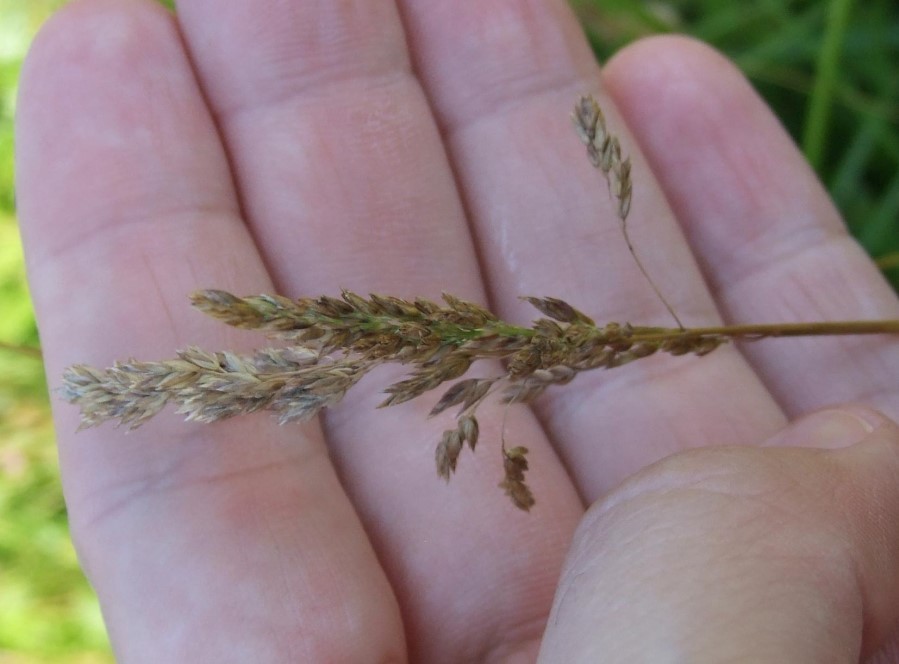
Canada bluegrass is a wiry, sparse, ornamental grass with a flattened blade and a vibrant green hue. It is somewhat drought tolerant but can’t compete with other grass varieties in nutrient-rich soil. Be sure to plant your seeds where they will get plenty of light, though, since this grass variety doesn’t do as well in the shade. It’s an excellent option for infertile soil where other grasses might not grow.
Since Canada bluegrass prefers dry, infertile soil, it can be easy to overwater. Signs of this include yellowing blades and brown tips. Be careful not to underwater either – if your grass looks like it’s drooping, it could probably use an inch or two of water.
Kentucky Bluegrass
Other names: Common bluegrass
Ideal habitat: Full sun
Soil preferences: Should be fertile, well-drained, and slightly acidic. Best on clay or loam soil.
Common threats: Silvertop, rust, powdery mildew, and ergot (Peace Region Forage Seed Association).
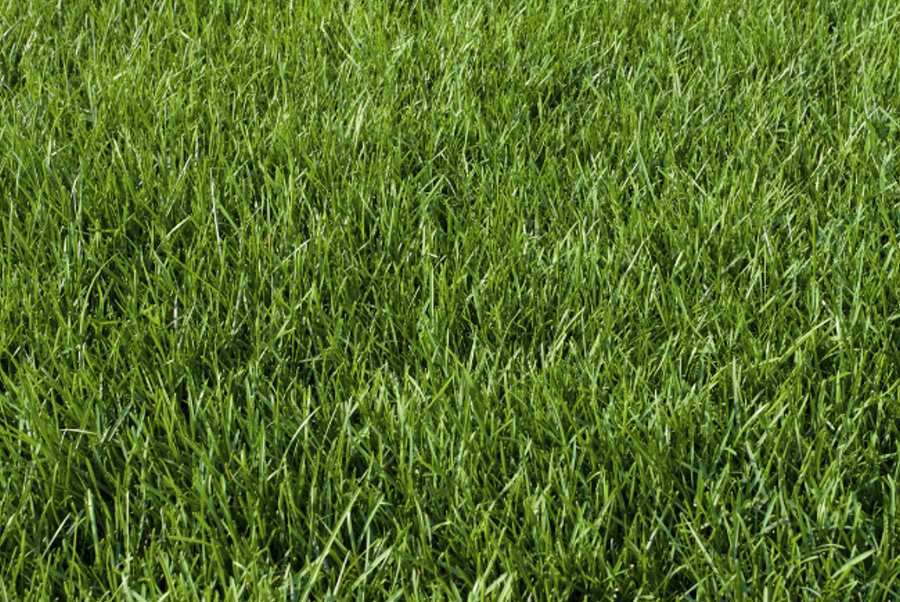
Kentucky bluegrass is a beautiful, teal-green cold-season grass that doesn’t flower like Canada bluegrass and is well-suited to various soil types. It grows to about 1 to 3 inches tall and is incredibly cold-hardy, making it one of Canada's most popular cool season grasses (Province of Manitoba).
Avoid planting this grass anywhere there are weeds or other grasses since they won’t be able to compete well for nutrients and water. This means no companion planting unless you use a low-competition seed like flax. If you do, use a third of the amount you usually would when companion planting with other grasses.
Fine Fescues
Fine fescues are ideal for residential and commercial lawns due to their ultra-thin blades, rich colours, and good shade tolerance. The lushest lawns are often cultivated with seeds from multiple fine fescue varieties for the thickest, greenest results. Here are some of the most popular types of fine fescue grass:
Red Fescue
Other names: Creeping Red Fescue (Alberta Agriculture, Food, and Rural Development)
Ideal habitat: Nitrogen-rich soil in partly sunny areas.
Soil preferences: It does well in most soil types as long as there is enough moisture and can survive in clay, sandy, and loamy soil.
Common threats: Weeds like quack grass, foxtail barley, dandelions, and Canada thistle can easily overtake red fescue if not regularly attended to.
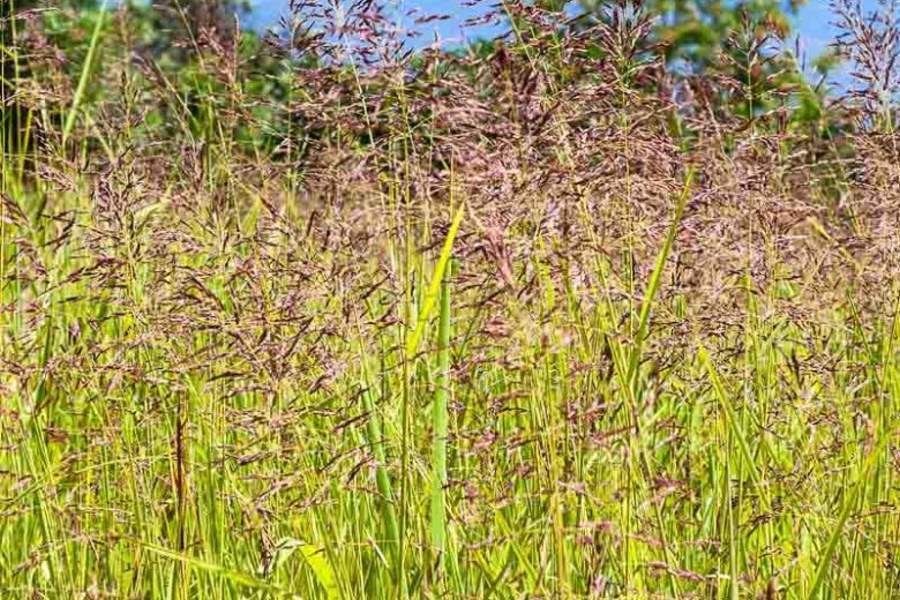
Red fescue is a popular perennial, cool season grass variety worldwide, and Canada is proud to be the world’s largest supplier of this cold weather seed. It has thin blades packed tightly together, making it ideal for parks, golf courses, and commercial and residential lawns.
Chewings Fescue
Other names: Chewings grass
Ideal habitat: In a partly sunny area without much foot traffic.
Soil preferences: Dry, loamy soil that is slightly acidic.
Common threats: Few herbicides exist for weed control compatible with Chewings Fescue.
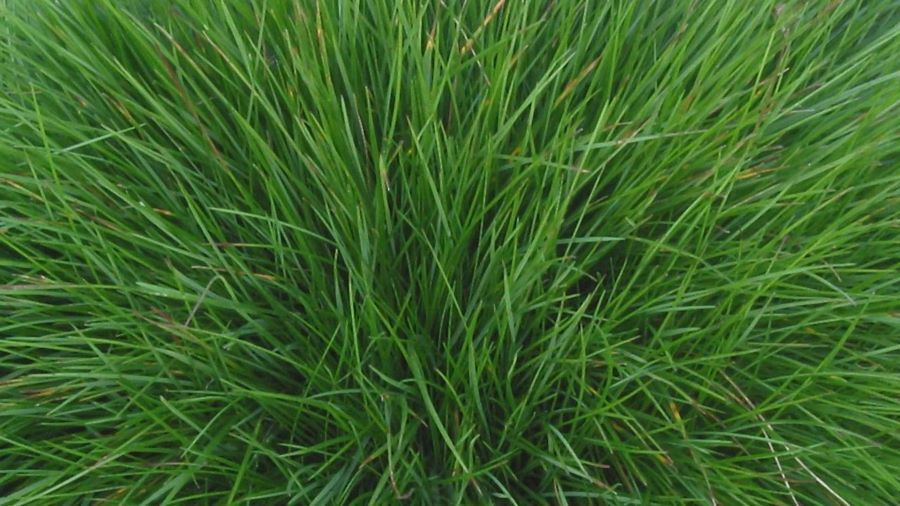
Chewings fescue is a type of fine fescue that tolerates shade well and has high levels of endophytes, which help it resist attacks from insects and other pests. It generally requires less nitrogen than other types of fescue and doesn’t need as much water either. This makes it a good choice for lawns in drier climates and less sun (Peace Region Forage Seed Association).
Sheep Fescue
Other names: Sheep’s fescue, Sheep grass
Ideal habitat: Open meadows and woodlands where there is plenty of sun.
Soil preferences: Well-aerated soil that is dry or, at most, slightly moist.
Common threats: Grasshoppers, chinch bugs
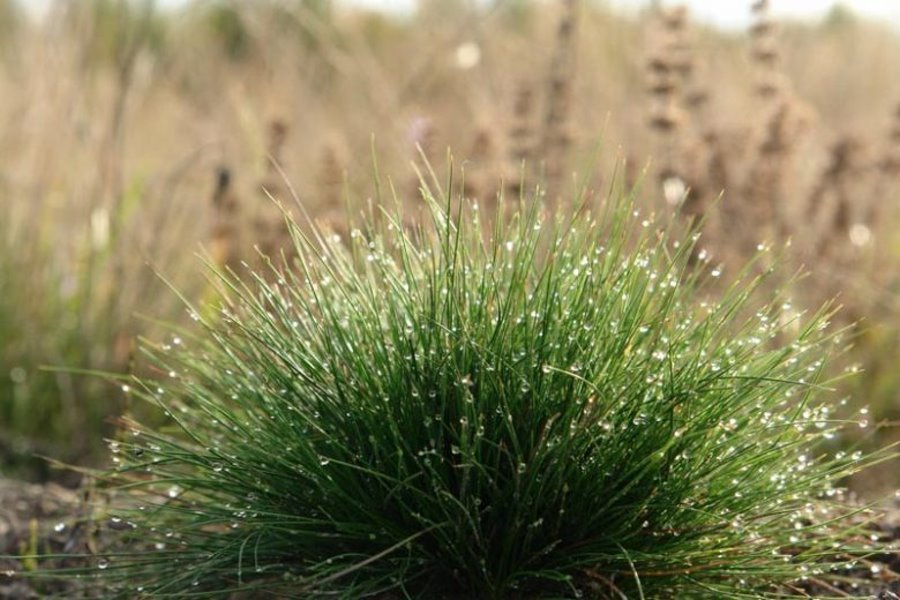
Sheep fescue is a beautiful blue-green tinted grass that grows in thick clumps throughout Canada. This hardy grass is an excellent cool weather solution for dry, arid areas since it’s highly drought-resistant and keeps its colour even without much water or fertilizer. It’s low maintenance and rewarding to grow, giving lawns a deep, luscious blue hue that is hard to find with other grasses.
It withstands wear and tear more than Chewings Fescue and rarely needs to be dethatched in the fall. That said, you may need to overseed in the summer to make sure you have a strong, healthy lawn in the winter. This type of grass is often used to stop soil erosion and may be planted on cliffs or banks to discourage shifting (Scientific Reports).
Tall Fescue
Other names: Ornamental grass
Ideal habitat: Compact places and moist environments
Soil preferences: Wet, acidic, and nutrient-rich soil with good aeration and depth for long roots.
Common threats: Chinch bugs, armyworms
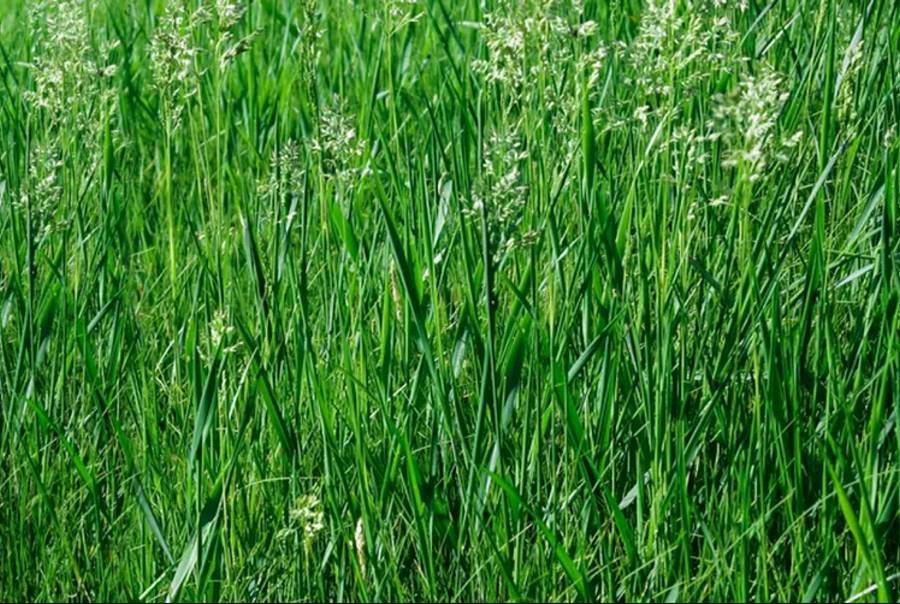
As its name implies, Tall Fescue is similar to Fine Fescue, except for being taller and hardier. Its blades tend to be thicker and have better wear and tear resistance. However, it’s more susceptible to pests and diseases than fine fescues like Chewings or Sheep Fescue.
This grass variety can be pretty tall, averaging between 4 and 12 inches high and growing in patches about 2 to 4 inches wide. It’s easy to take care of and incredibly cold-tolerant, but it also does poorly in dry summer heat. You can avoid a clumpy appearance by overseeding periodically to maintain good density between the blades (The Spruce).
Ryegrass
Other names: annual ryegrass, perennial ryegrass
Ideal habitat: Full sun to partial shade.
Soil preferences: Fertile, well-drained and aerated soil.
Common pests: Brown patch, dollar spot, snow mould, leaf spot, and fairy rings.
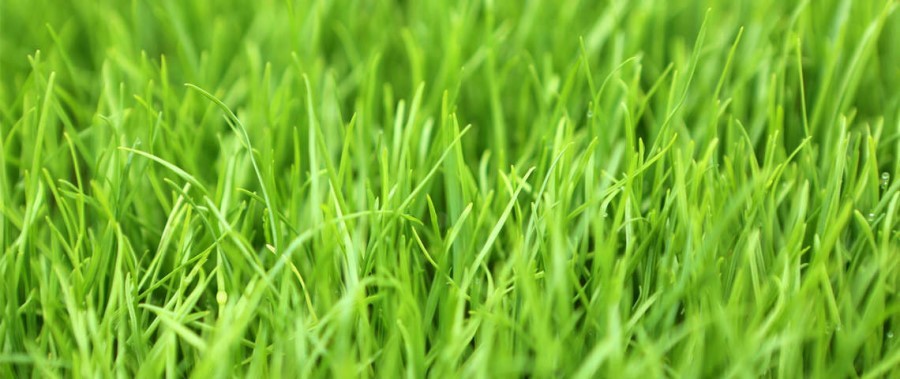
Ryegrass is a common cold-weather grass variety in Canada and can be adapted to various environments. It tolerates sun and shade and works great to deter soil erosion in warmer climates. Ryegrass hangs on to nutrients for longer than other types of cool season grass, helping to enrich the soil for future growth. Try blending it with crimson clover for a lush, vibrant green lawn that looks right out of a wine vineyard (Small Farm Canada).
When to Plant Cool Season Grass
A cold season grass is a great choice for your Canadian yard because it's explicitly designed to survive the long winter or dormant months and return strong in the spring. But, after choosing your preferred seed, you need to know when to plant it for the best possible results. Planting your grass at the wrong time could make it susceptible to pests and diseases or even cause it to die prematurely.
Ideally, you should plant your grass seed in the early fall to allow the seeds to sprout and give the root systems enough time and nutrients to grow deep down into the dirt, protecting them from snow and ice. Planting too early exposes cool-season grass varieties to hot weather while waiting too long means you could be working with frozen ground.
Make Sure Your Lawn is Winter Ready with Green Drop
Having a beautiful lawn takes time, effort, and dedication. You don’t have to risk your lawn to the winter elements; instead, plan ahead with cold season grasses in the fall. These grass types offer vibrant lushness in the summer, while their hardiness will carry your lawn through the dormant winter season just as well.
Contact us today to learn more about cool season grass varieties, what you can do in the fall to prepare your lawn for winter, or to schedule a visit from one of our qualified GreenKeepers.

